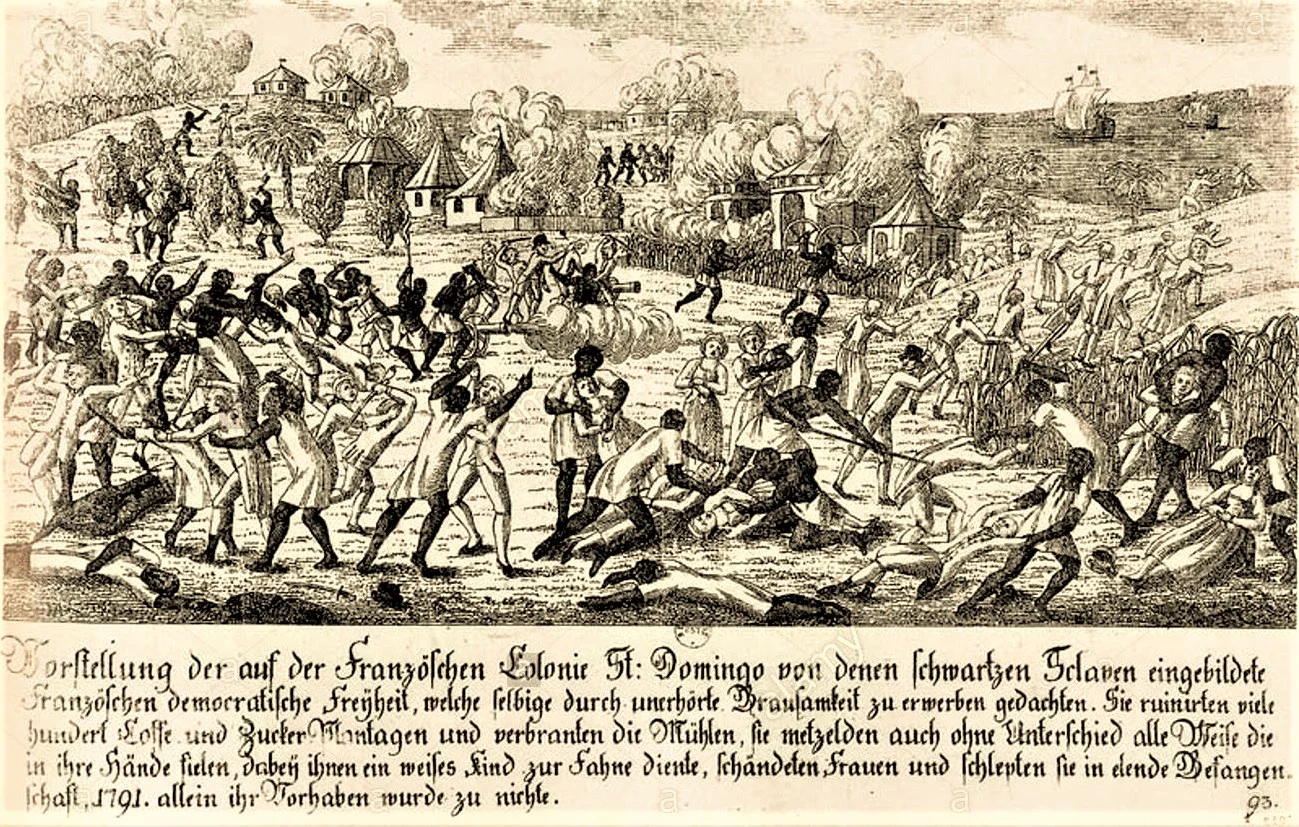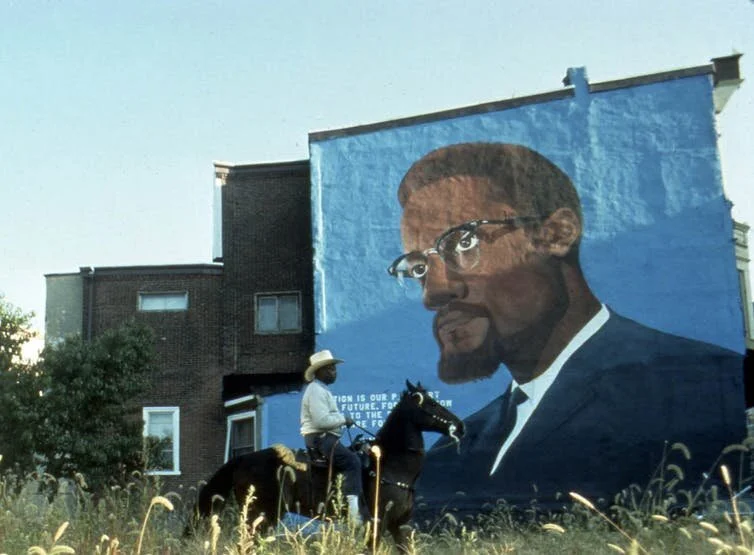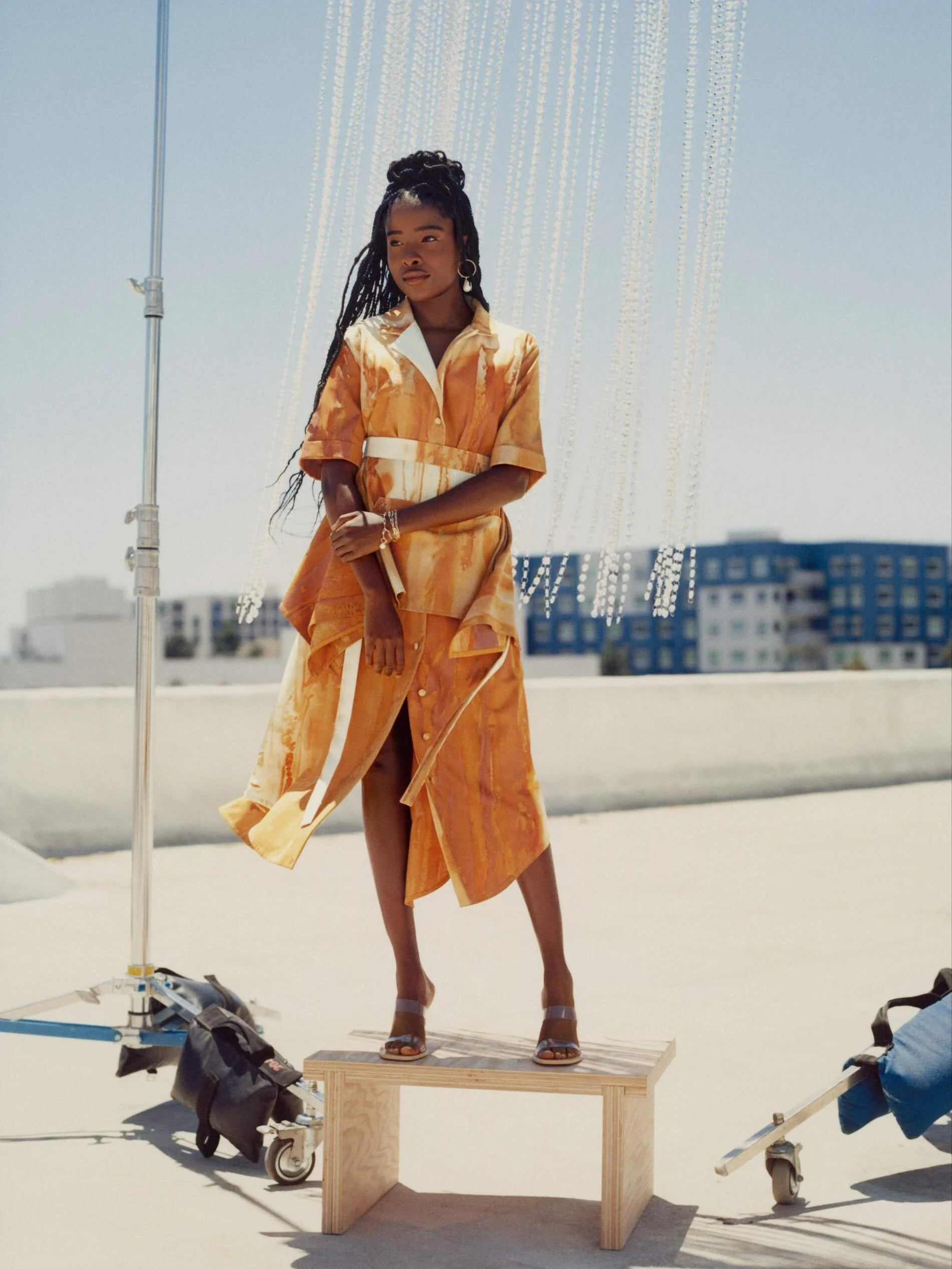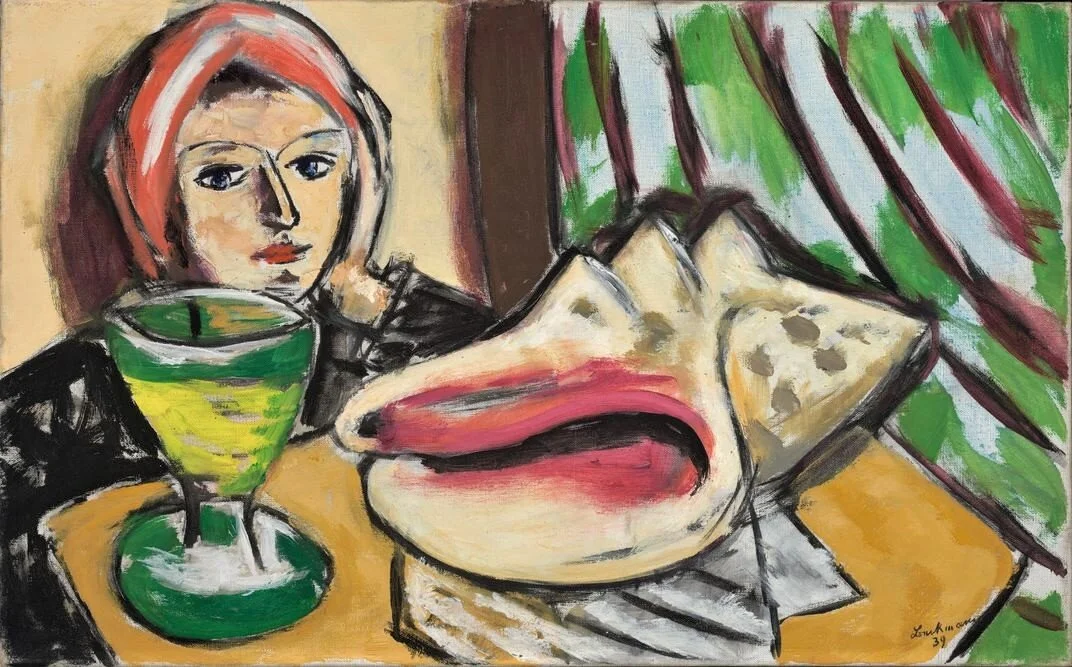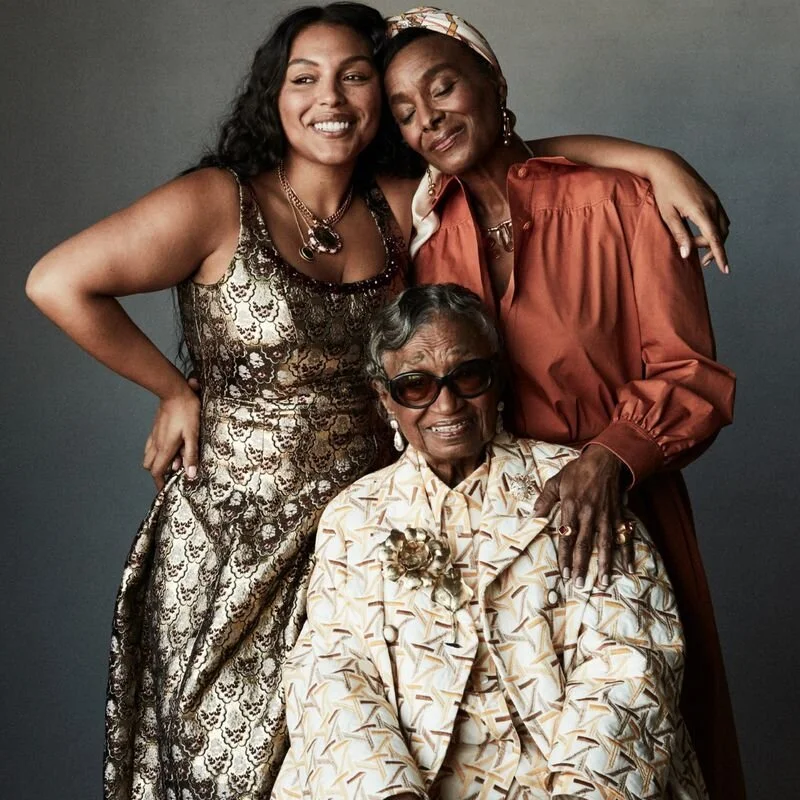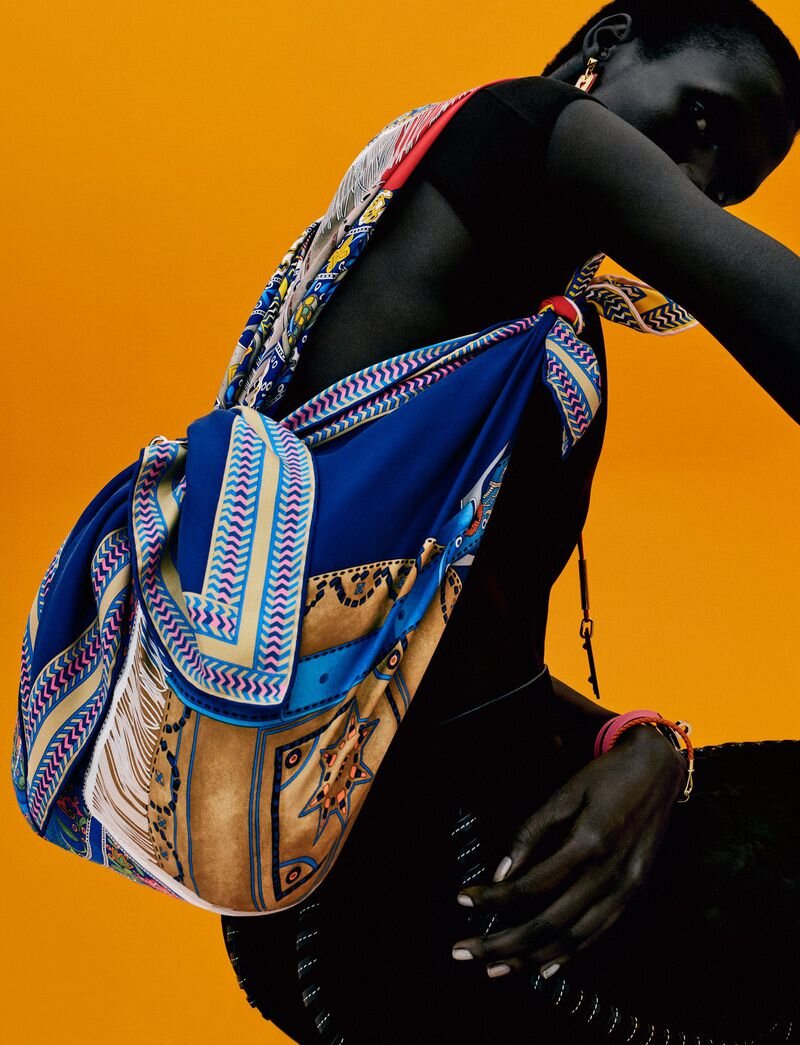The Story of East Africa's Role In The Transatlantic Slave Trade
/By Patrick Harries, Emeritus Professor, University of Basel. First published in The Conversation.
The recent discovery of the remains of the Portuguese slave ship São José off Cape Town has brought East Africa’s role in the transatlantic slave trade to public attention. But the São José was merely one of a large number of slave vessels that either rounded the Cape or put into Table Bay for refreshment.
The sinking of the São José two days after Christmas in 1794 marked the end of a bad year for the slave trade at the Cape of Good Hope. In April that year, a second vessel, the French ship Jardinière, had gone down off Cape Agulhas. Around 185 slaves had reached shore but many had then escaped or had died of their exertions. Only 125 were finally auctioned at Stellenbosch.
In France, the republicans had outlawed slavery and the slave trade. In Britain, a chorus was rising in many parts of the country in opposition to a trade that wrenched 80,000 people every year from their homes in Africa and brought them to the Americas.
Slave rebellions
After a decade of peace, Britain and France were once again at war and ships laden with slaves were a prime target for both warships and privateers. All this made a bad situation only worse as the major market for East African slaves was in a state of high rebellion. Slaves had taken over large parts of St Domingue, an island in the West Indies that, a decade later, would become the independent republic of Haiti.
The plundering and burning of the sugar plantations in France’s wealthiest colony had destroyed the established market for East African slaves in the Americas. The Sao José was thus a pioneer, hoping to find a new market for East African slaves in Brazil. This was no easy matter, as traders in Angola and the Congo monopolised the sale of slaves to Portuguese America.
East Africa was a late participant in the transatlantic slave trade. It was only in the 1770s that a regular trade in slaves to the French islands of Mauritius and Réunion began from points on the East African coast. Small numbers of slaves had been carried around the Cape for more than a century. But as planters on St Domingue cried out for labour, this trade became more profitable and systematic, particularly as the French king agreed to subsidise the shipment of slaves to the island.
West-Central Africa bore the brunt of this demand. But as the price of slaves rose, traders looked further afield for their human merchandise. So, although it took around 120 days to get from Mozambique to St Domingue, and almost 30% of slaves died on this long Middle Passage, it quickly became a profitable route.
A triangular trade developed as ships sailed from French ports such as Bordeaux and Nantes to buy slaves in East Africa. The slaves were then taken to St Domingue and exchanged for tropical produce like sugar, coffee and indigo. The size of these vessels grew in the 1780s and some had the capacity to carry up to 1000 slaves.
Rebellions were frequent and slave ships carried large crews and the firepower needed to suppress any resistance. The East Africa slave trade reached its peak in 1789-90 when about 46 ships, carrying more than 16,000 slaves, circumnavigated the Cape. Almost all were bound for the sugar and coffee plantations of northern St Domingue.
Many French slavers stopped at the Cape during this time as the colony run by the Dutch East India Company provided them with a break in the long Middle Passage. Ships’ captains often sold part of their human cargo at the Cape to rid them of slaves least able to survive the Atlantic crossing. It also made space for new stocks of fresh food and water.
Cape colony and slavery
New crewmen could be enlisted at the Cape to replace those who were injured or sick, or who had died or deserted in the tropics. Cape Townalso served as a site at which information could be obtained about the state of the market for slaves on the coast, and from which news about misdemeanours at sea could be forwarded to France for prosecution.
Some French ships sold their entire cargo of slaves at the Cape while others provided the settlement with sugar, coffee and rice, and an assortment of commodities, most notably ivory and gold, to be shipped northwards to Europe.
Perhaps most importantly, slaves could go ashore and exercise at the Cape before embarking on the gruelling transatlantic leg of the crossing. Dutch East India Company officials disliked this as they saw slaves as carriers of small pox and other diseases and feared that, once ashore, slaves could escape official controls and be sold illegally.
Officials were also disturbed by the entry into Cape Town of hundreds of near naked slaves, many of them diseased or infirm. The first leg of the long Middle Passage, from Mozambique to Cape Town, lasted around 35 days and resulted in a high mortality rate. Emaciated and exhausted captives failed to adapt to their conditions of incarceration.
Many slaves had been seized or sold deep in the interior. They arrived on the coast in a condition that became increasingly desperate when they were locked in the hold of the ship as it patrolled the coast for weeks or months looking to buy slaves. Jammed into slave decks often scarcely a metre high, held by iron shackles, and kept in a naked condition to prevent the proliferation of lice, slave ships had the look of floating dungeons.
Forced to consume unfamiliar food and weakened by their exertions, many slaves contracted intestinal infections or the dysentery that drained them of their last reserves of energy. Unable to wash or oil the skin, they were prey to the flies that carry craw craw, a malady that induces severe inflammation of the skin and sometimes river blindness.
Dutch ease slave monopoly
The slave uprising that started in northern St Domingue in August 1791 tolled the end of this French trade in people. A year later, in an act of desperation, the Dutch East India Company abandoned its monopolistic hold on trade and allowed individuals to bring slaves to the Cape for sale.
Table Bay by Aernout Smit (1683) within the William Fehr Collection, Iziko Museums of South Africa Social History Collections.
The São José was perhaps an early product of this new liberal attitude to trade. But it was only two years later, once the British had taken hold of the Cape, that a cosmopolitan group of merchants at Mozambique Island opened a new trade in slaves with the Americas, this time with both Rio de Janeiro and the Spanish vice-royalty at Rio de la Plata.
The British eventually outlawed the importation of slaves to the Cape in 1808 and initiated a policy of freeing slaves in the colony. As such, close to 10,000 slaves were liberated at the Cape. They worked alongside the descendants of another 30,000 shipped to the colony from Madagascar and mainland Africa and an equal number of earlier arrivals from south Asia and the Indonesian archipelago.
Despite the ban on importing slaves, vessels carrying this human cargo continued to dock off Cape Town until 1824, when this practice was finally prohibited. This left the Cape with a number of families that had benefited from slavery and the slave trade. But it also left the colony with a far larger population of slaves who, after their emancipation in 1833, would have to take charge of their lives and build a future for their descendants.

